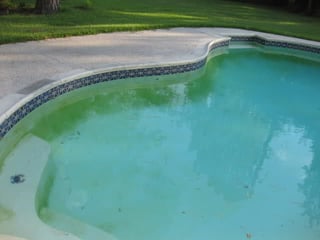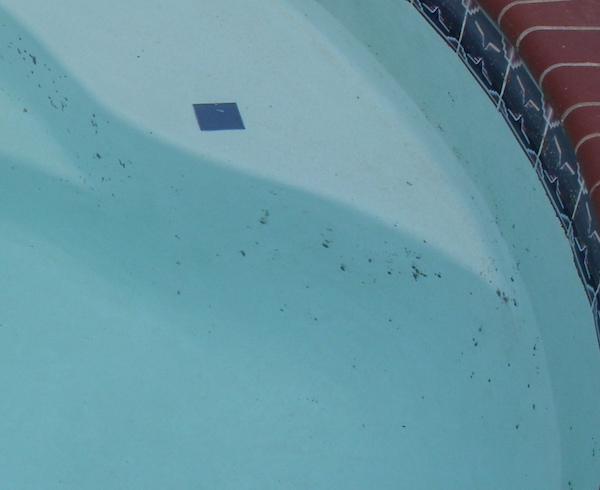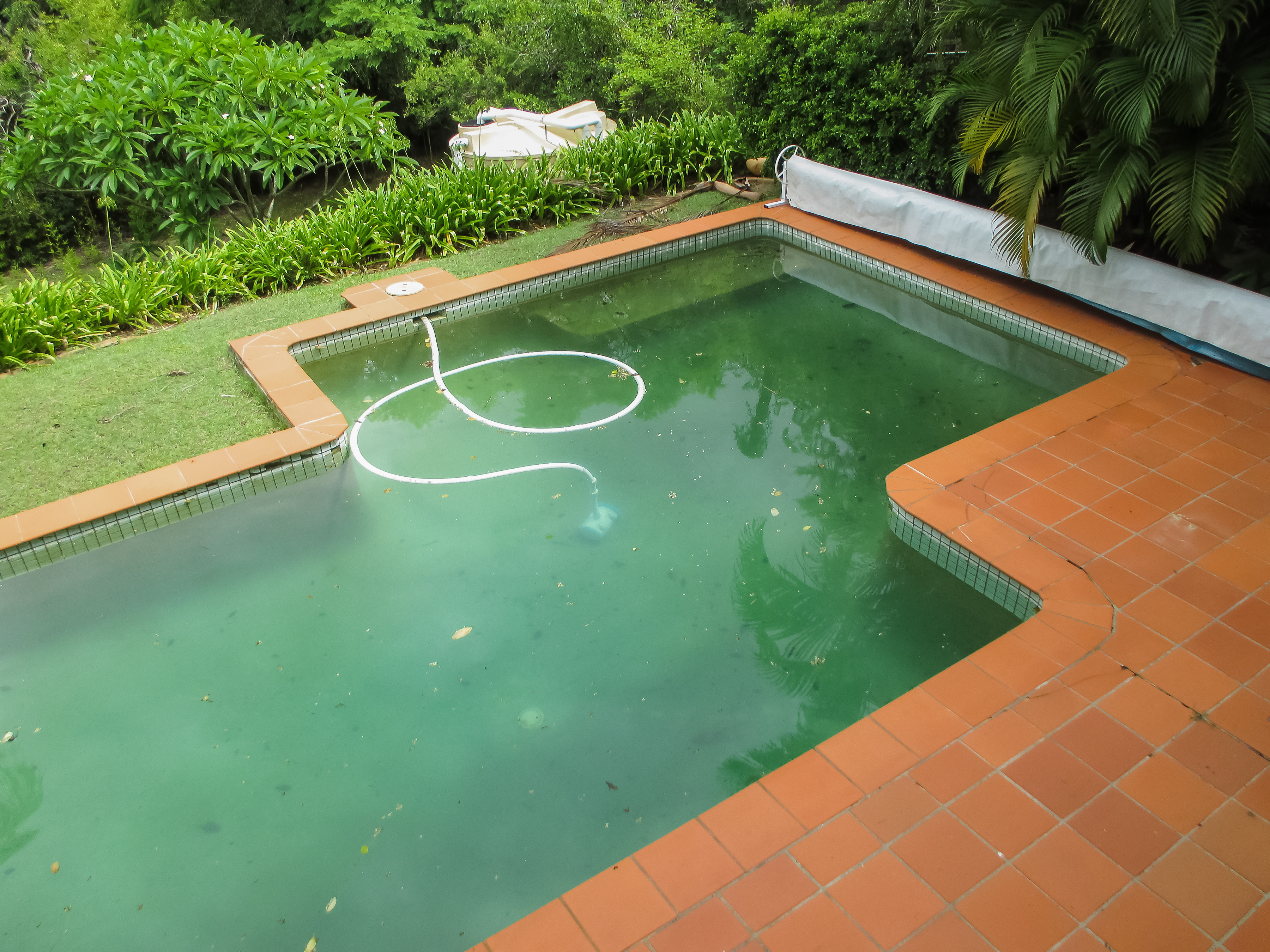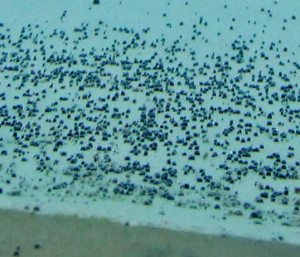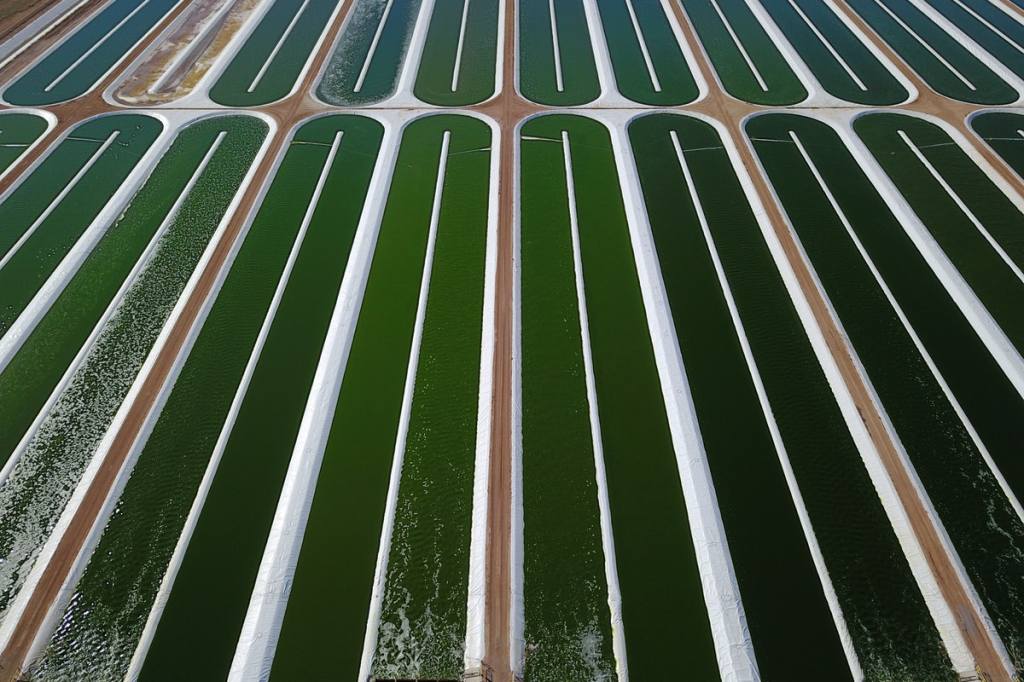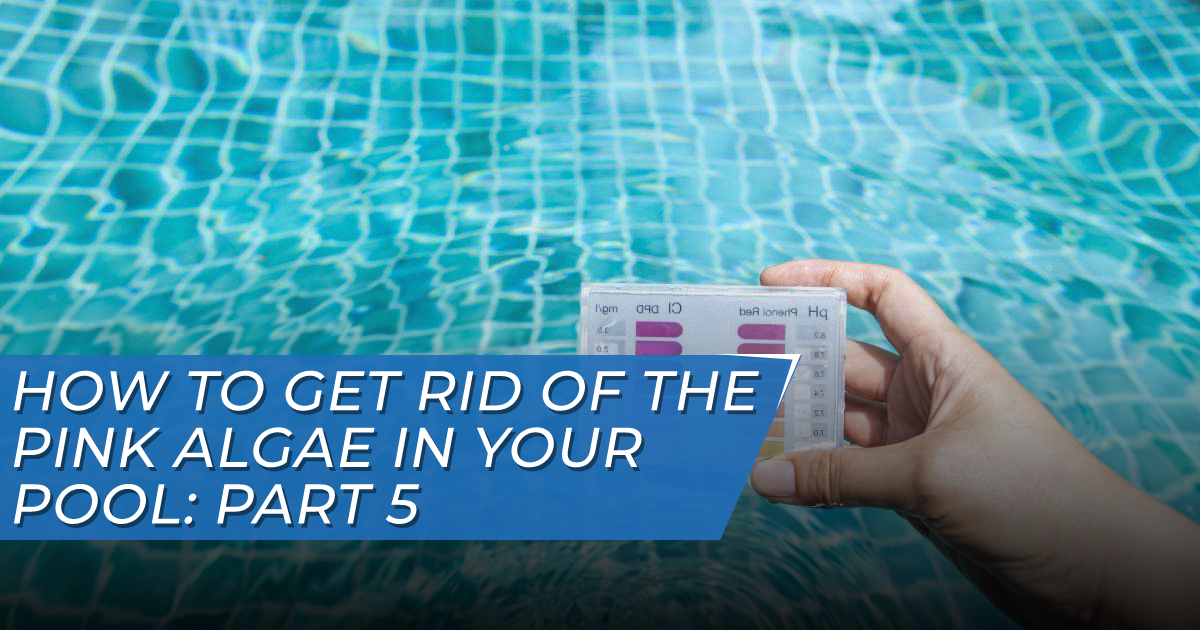Algae Growing In Saltwater Pool

It can be found floating freely in your pool creating very distinct green pool water.
Algae growing in saltwater pool. What do you need to clean a salt water pool. It can also be found growing on pool walls on the bottom of your pool or in crevices. When your saltwater pool gets contaminated you will deal with different types of algae. The rate of ph and alkalinity in your pool.
Some of the most common algae impostors are the green pool algae. While green algae are endemic in salt water pools they are the easiest to kill. There are four things you need to focus on to change the situation of your pool. These green pool algae are fast to reproduce and fill.
Let the chlorine work overnight then test the ph levels of the pool in the morning to see if the ph is back to normal. It can drastically reduce water clarity and will often form during periods of inadequate circulation and poor water chemistry. You can hinder their growth by adding more chlorine to the water. It grows in ponds lakes the ocean and in pools in turn becoming our most pressing inconvenience during the summer.
Algae spores are constantly making their way into your pool either through environmental elements like wind and rain through swimsuits or objects that were recently in the ocean and through people dragging them in. Shower before getting in the pool to help remove any residual algae spores on swimwear. It is really uncomfortable when seeing the algae in your saltwater pool. Algal blooms use photosynthesis to create their own food.
You can find algal blooms in a variety of colors and forms and they are microscopic in size. Also known as chlorophyta these green algae are a type of cyanobacteria. You might even see them growing on the bottom of the pool on the walls or in the crevices. In addition to using an algaecide as part of your water care routine you can do a few more things to help prevent the growth of algae in your salt water pool.
Showers also limit swimmer introduced contaminants such as lotions and shampoos which cause your sanitizer to work overtime limiting its ability to kill any algae that finds its way to your pool. Green algae tend to grow during summers when the temperatures can get high. Green algae multiply and spread quickly in pool water. The green color comes from chlorophyll.
Cloudy water that turns green is a clear sign of green algae growth. They float freely in the pool making the water green. Next use a pool brush to scrub algae off the walls of the pool then vacuum up any dead algae. Algae a plant that grows in stagnant water produces almost eighty percent of our atmosphere s supply of oxygen.
To eliminate and prevent green algae in a swimming pool start by adding an extra dose of chlorine to your pool to shock the algae and stop the bloom. The amount of shock. If you want to get rid of your algae you need to be aware of the primary algae types and impostors that could affect your pool. To prevent it from blooming again test your pool s chemical levels daily and make adjustments as needed.
Algal blooms are actually just living plant organisms that can inhabit your pool and multiply quickly.


